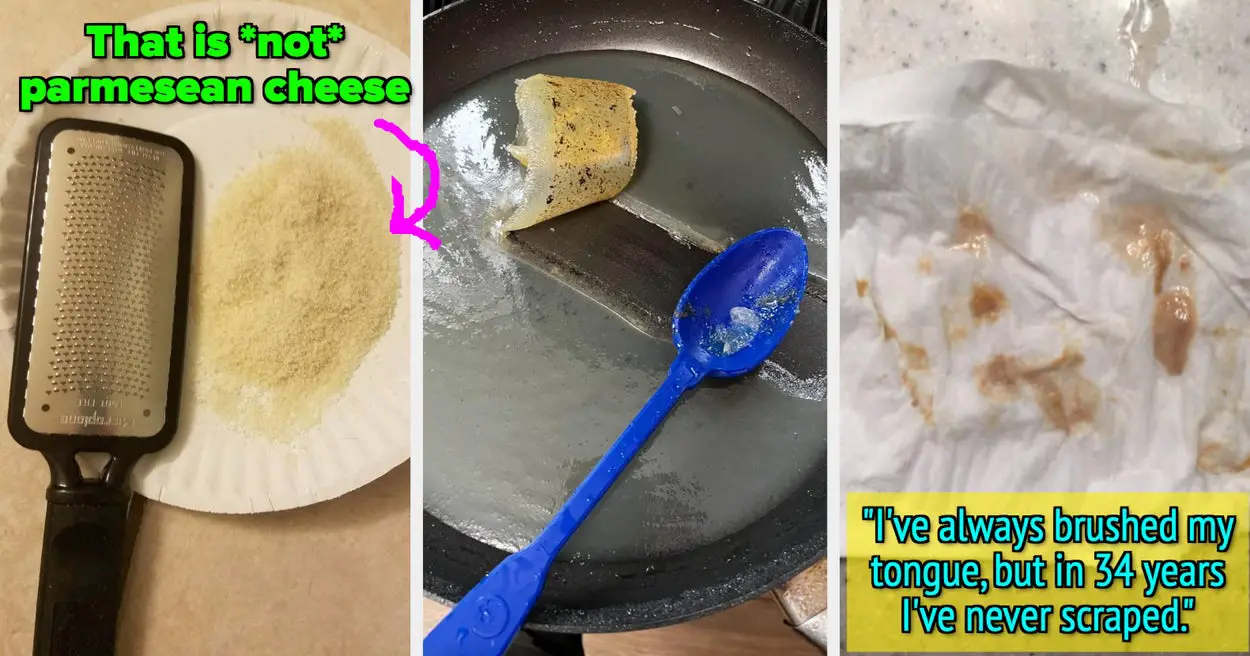Are you someone who loves the idea of being a plant parent but can’t seem to keep them alive? You’re not alone. Caring for houseplants takes a lot more work than many people realize, but it’s much easier when you know what you’re doing. Here are a few things every novice (and expert) plant owner should know about how to care for houseplants.
Pick the Right Plant for Your Life

The first step to keeping houseplants alive is choosing the right plant for your space and lifestyle. Different plants have different care needs, so it’s vital to choose one that will thrive in the conditions you can provide. Otherwise, you’re just setting yourself up for failure.
If you live in a dimly lit apartment with little natural light, for example, you’ll want to choose a plant that can tolerate low light levels. Some good options for this kind of space include snake plants and ZZ plants.
On the other hand, if you have a lot of bright, direct sunlight, you might want to consider an aloe vera plant or a jade plant.
When it comes to indoor plant care, you should also consider the amount of space you have available for your plant to grow. If you don’t have a lot of room, a smaller plant like a pothos plant or a spider plant might be a better fit than a large fiddle leaf fig.
And don’t forget to factor in your lifestyle and schedule. If you travel frequently and don’t have a go-to housesitter, you’ll want to choose a plant that doesn’t require daily watering or maintenance. Some of the best low-maintenance plants include succulents and cacti.
Set an Alarm for Watering

One of the most common mistakes people make when caring for houseplants is over or under-watering them. Both can be detrimental to your plant’s health.
To avoid messing up your plant’s watering schedule, set a reminder on your phone or calendar to water your plants on a regular schedule. The frequency of watering will depend on the type of plant you have and the conditions in your home, so be sure to research how often to water each of your plants.
There are a few different ways to figure out if it’s time to water your plants. One way is to stick your finger into the soil about an inch deep. If the soil is completely dry, it’s time to water. You can also purchase a moisture meter that will notify you when the soil becomes dry.
Monitor Light

Because of photosynthesis, light is one of the most crucial factors when it comes to caring for houseplants. Most plants need at least some light to survive, but the amount and intensity vary greatly between plant species.
Some plants, like snake plants, can tolerate low light levels, while others, like basil plants, require bright, direct sunlight.
To ensure your plant is getting the right amount of light, monitor its location and adjust as needed. If you notice your plant is stretching or leaning towards a window, it may need more light. On the other hand, if the leaves are turning brown or dry, the plant may be getting too much direct sunlight (but not always!). Consider moving it to a shadier spot or using a sheer curtain to filter the light.
Use High-Quality Soil and Fertilizer

Your plant’s soil has a big impact on its overall health as well. Most houseplants require well-draining soil that allows for airflow and doesn’t retain too much moisture. You can buy pre-made potting mixes designed specifically for indoor plants to take the guessing out of the right soil mixture.
In addition to good soil, your plant may benefit from occasional fertilization. Fertilizer provides essential nutrients that can help your plant grow stronger and healthier.
However, fertilizer should be used sparingly because over-fertilizing can lead to poor plant health. Follow the instructions on the package carefully, and consider using a slow-release fertilizer to avoid overwhelming your plant.
Keep an Eye Out for Pests and Diseases

It’s important to keep an eye out for signs of pests or diseases in your houseplants. Some common indoor plant pests include spider mites, mealybugs, and aphids.
Signs of pest infestations include yellowing or wilting leaves, webbing or visible insects on the plant, and sticky residue on the leaves or soil. If you notice any of these signs, you’ll want to act immediately to prevent the infestation from spreading. There are a variety of natural and chemical treatments available to deal with pests, depending on the pest and the severity of the problem.
Diseases like root rot or fungal infections can also be a threat to your houseplants. Signs of disease include wilting, yellowing or brown leaves, and a general lack of growth or vitality.
To prevent disease, avoid over-watering and ensure your plant has adequate drainage. If you notice signs of disease, remove any affected leaves or stems and consider using a fungicide or other treatment recommended for your specific plant.
Raising houseplants is a rewarding and fulfilling hobby…if you can keep them alive. With a little bit of effort and knowledge, you can create a lush, green oasis in your home. This is what you need to know about how to keep plants alive.
Source link










Leave a Reply